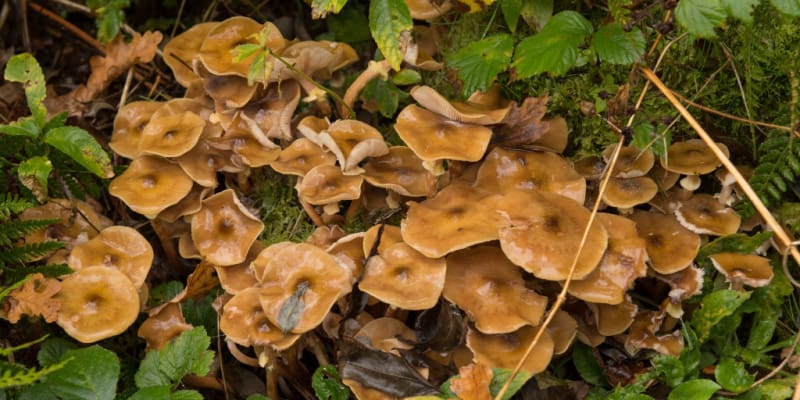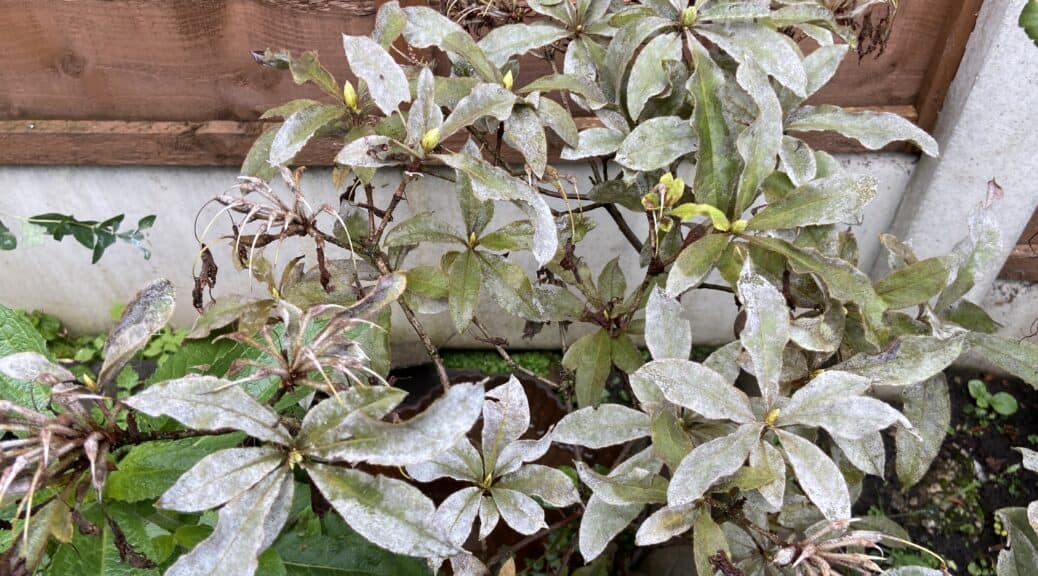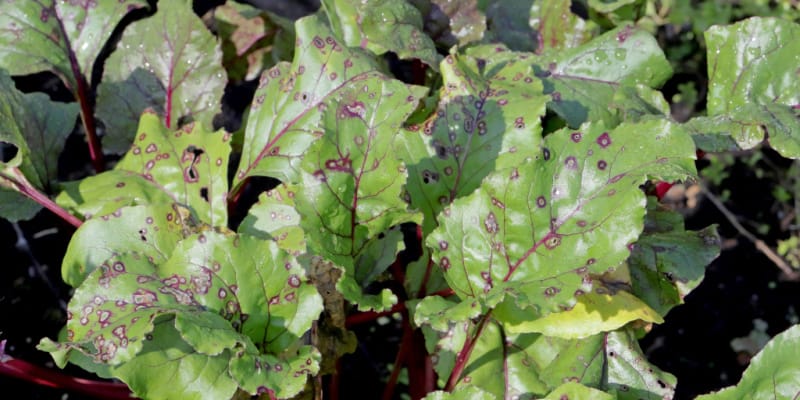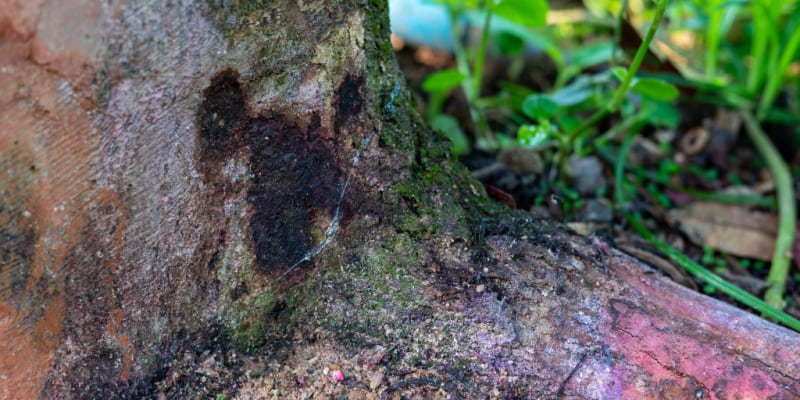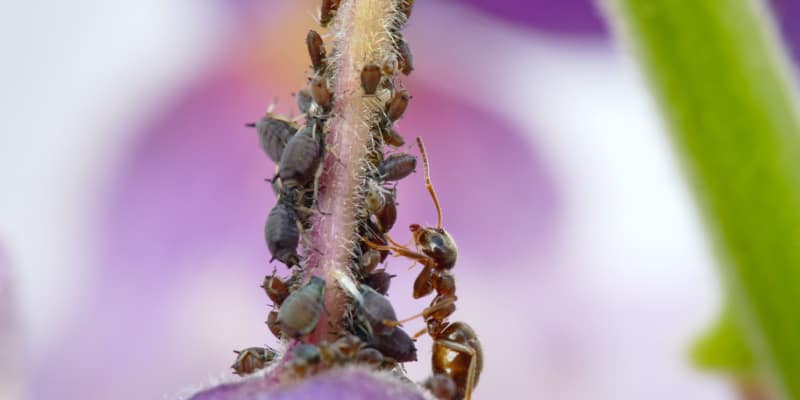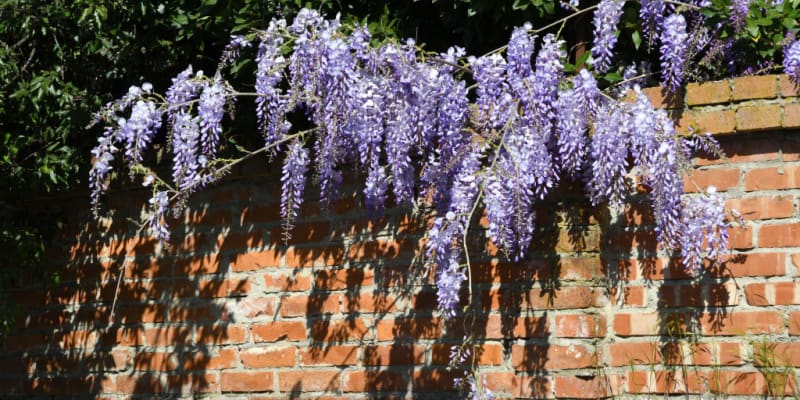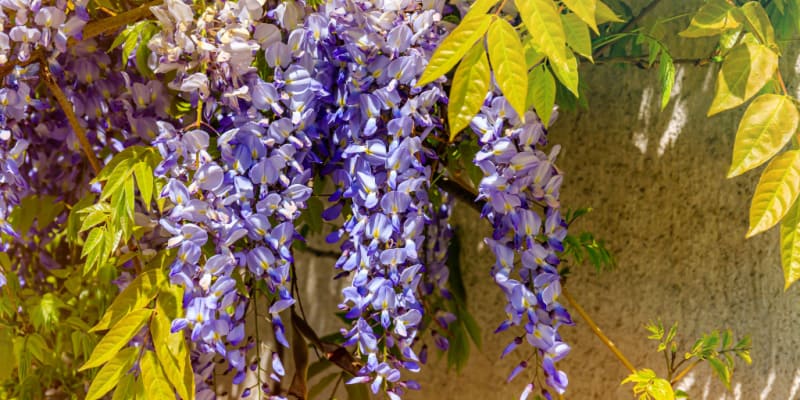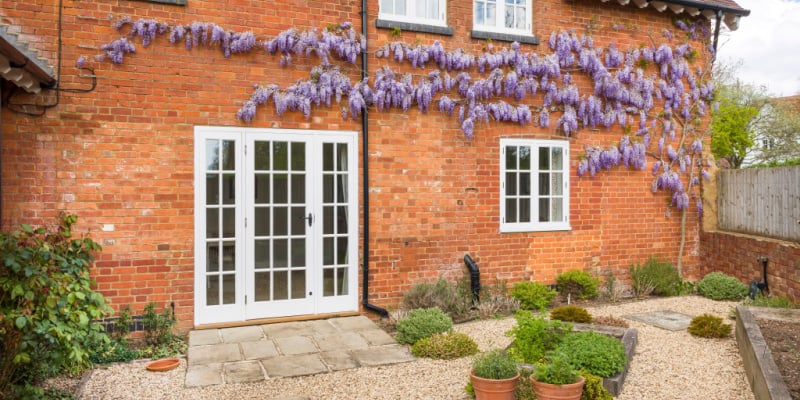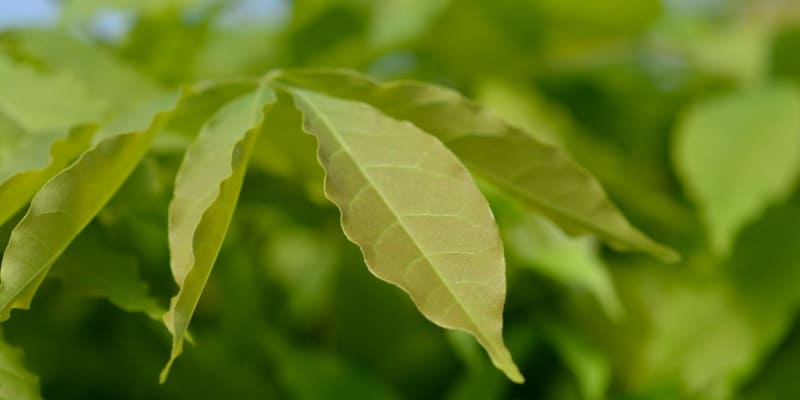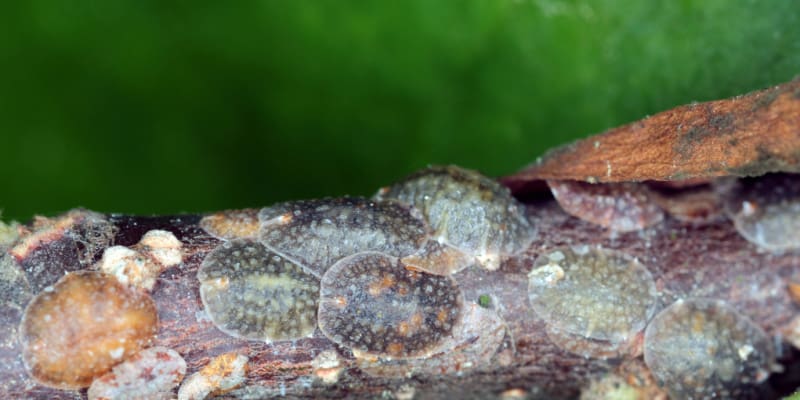Honey Fungus – Treatment & Control
What is Honey Fungus? Honey fungus is a fungal disease known as fungus Armillaria, there are, however, several different species. The bad news is that there is no treatment for this disease, but you can do a few things to help prevent it. Honey fungus is actually quite common and it usually affects trees, other woody plants, and even perennials. A few examples of these include birch trees, Buddleias, California Lilac and Forsythia, the list goes on. It attacks and kills…
